
|

|
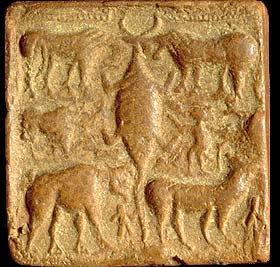
|
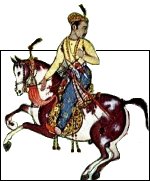
|
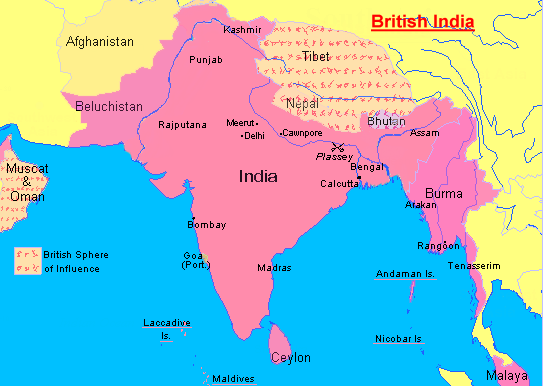
|
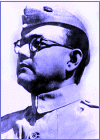
|
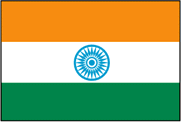
|
The Independence Movement
The struggle for independence from England began almost as soon as India became a colony.
In 1857, Indians serving in the British army
rebelled against their superiors. Indians consider this the First War of Independence. But the
British think of it as the Sepoy Mutiny. The immediate cause was the use of animal fat in army
rifles, which was unacceptable to both Hindus and Muslims. But that conflict symbolized
a larger resistance to foreign control over Indian affairs. The revolt failed, and India
was placed under even firmer rule. Over time, many more steps were taken, bringing independence
from England in 1947.

|
INDIAN NATIONAL CONGRESS: The Indian National Congress (INC) was started by A.O. Hume in 1885. Its original purpose was to
bring all Indians closer together and find a way to work with England for the good of India.
The members were upper middle class Indians who worked in law, journalism, or politics.
They met to debate political questions and protect the basic rights of Indians.
But when England began passing laws that took away civil rights, the INC became more critical of British rule. They
saw that England was not going to respect the Indian people or keep its promises of gradual self-rule. From that time
forward, the INC became the center of the independence movement.
In 1906, a group of Muslim leaders split from the Indian National Congress to promote their own interests. Muslims felt they were not represented well in the Hindu majority and wanted to maintain their identity. They also supported reforms specifically to help Muslims work in government with the British. The Muslim League eventually joined the Congress call in 1916 to demand greater self-government by all Indians. |

|
Swadeshi was a call for only Indian products to be
bought and sold in India. Gandhi encouraged small village businesses and asked the people
to stop buying anything made with British machines or in British factories. Instead, everyone began
make their own goods, including spinning their own cloth! The Indian people were urged to become self-reliant,
using what could be found locally and gaining the skill to support themselves. By practicing Swadeshi,
Indians weakened the British industry and learned how to be economically independent.
Satyagraha comes from the Hindi words for "truth" and "holding firmly". It
became the foundation of the Indian independence movement. Gandhi planned a non-violent resistance strategy to unjust
laws. Freedom fighters would knowingly and openly break unfair laws and accept any punishment given to them--
just so that they could draw attention to the injustice of the British rule and reveal the truth. Indians also held non-violent marches and protests.
Soon, Gandhi expanded satyagraha
to include peaceful protest or boycott that limited British operations so much that England had to give in to protect its own
interests.
|

|
| |
|

|
|

|
|

|
|

|
|
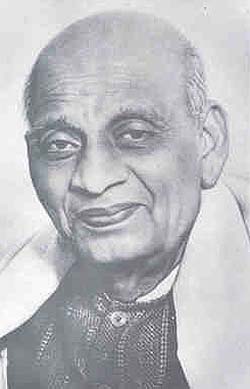
|

|

www.freeindia.org for information about India's leaders during the independence struggle.

